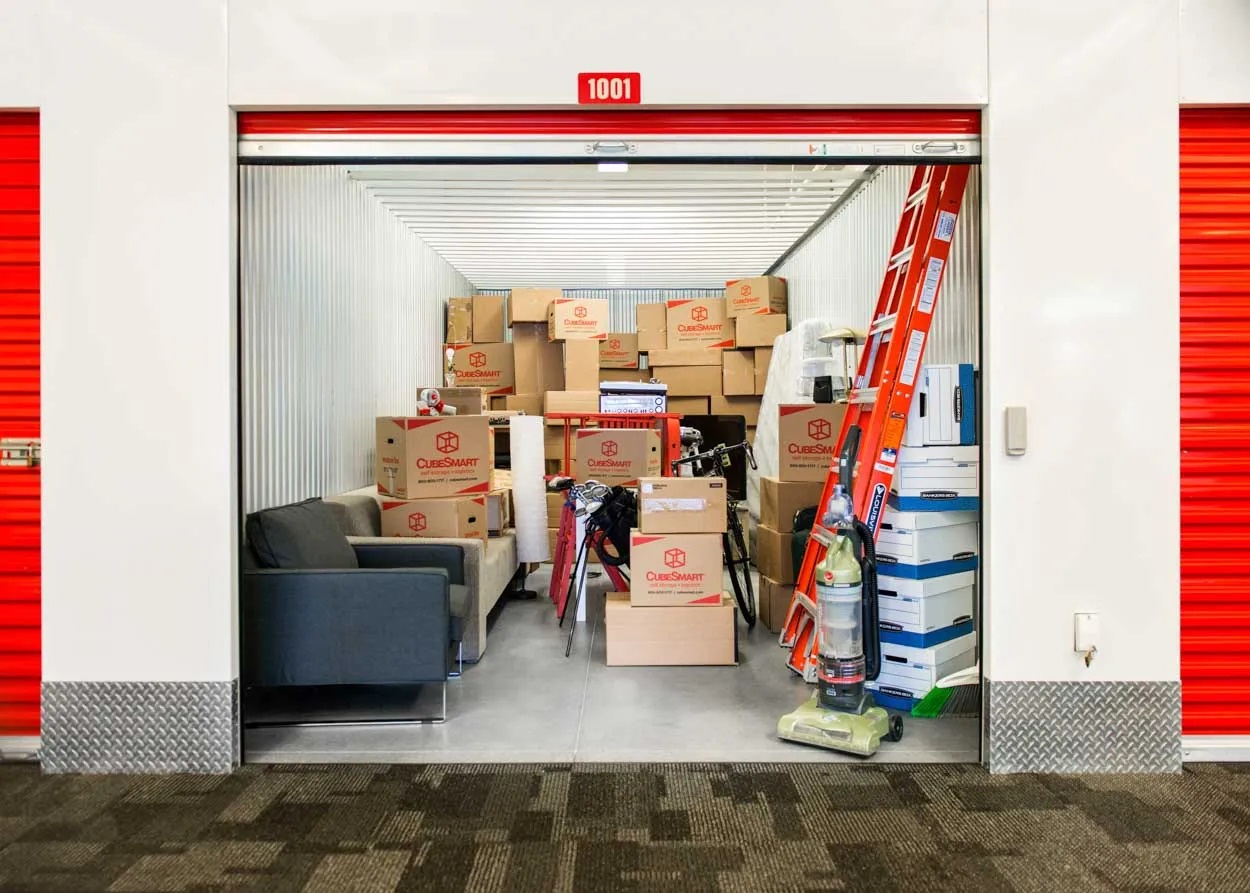

Articles
How To Store A Couch In A Storage Unit
Modified: December 7, 2023
Looking for articles on how to store a couch in a storage unit? Find expert tips and guidance for couch storage in this helpful guide.
(Many of the links in this article redirect to a specific reviewed product. Your purchase of these products through affiliate links helps to generate commission for Storables.com, at no extra cost. Learn more)
Introduction
When you find yourself in a situation where you need to store a couch, whether it’s due to moving, downsizing, or temporary furniture storage, it’s essential to follow the proper steps to ensure its protection and longevity. A storage unit can provide a safe and secure environment for your couch, keeping it in good condition until you are ready to use it again.
In this article, we will guide you through the process of storing a couch in a storage unit. From choosing the right storage unit to properly cleaning and preparing the couch for storage, we will cover all the necessary steps to ensure that your couch remains in optimal condition.
By following these guidelines, you can minimize the risk of damage and make the retrieval process easier when it’s time to bring your couch back into your home. So, let’s dive into the details of how to store a couch in a storage unit.
Key Takeaways:
- Properly storing a couch in a storage unit involves choosing the right unit, preparing the couch, and organizing the space. Follow these steps to ensure your couch remains in optimal condition for future use.
- Disassembling, cleaning, and wrapping your couch before placing it in the storage unit will help protect it from damage and ensure its longevity. Proper maintenance and organization are key to preserving your couch for future use.
Read more: How To Store A Couch
Step 1: Choosing the Right Storage Unit
The first step in storing your couch is to find the right storage unit that meets your specific needs. Here are a few factors to consider when selecting a storage unit:
- Size: Make sure the storage unit is large enough to accommodate your couch. Measure the dimensions of your couch to ensure it will fit comfortably without being cramped against the walls or other items.
- Climate Control: If you live in an area with extreme temperature fluctuations or high humidity, it is recommended to choose a storage unit with climate control. This will help prevent moisture damage, warping, and mold growth on your couch.
- Security: Look for a storage facility that provides adequate security measures, such as surveillance cameras, access control systems, and on-site staff. This will give you peace of mind knowing that your couch is stored in a safe environment.
- Accessibility: Consider how often you may need to access your couch while it’s in storage. Choose a storage unit with convenient access hours and proximity to your location.
Take the time to research and visit different storage facilities in your area. Ask about their policies, payment options, and any additional services they offer, such as insurance coverage for stored items. It’s important to choose a reputable storage facility that you can trust with your couch.
Once you have selected the right storage unit, you can proceed to the next step of preparing your couch for storage.
Step 2: Preparing the Couch for Storage
Before placing your couch in the storage unit, it’s crucial to properly prepare it to ensure its longevity and condition during the storage period. Follow these steps to prepare your couch:
- Remove cushions: Take off any removable cushions from the couch. This will help reduce the overall weight of the couch and prevent damage to the cushions.
- Clean the couch: Thoroughly clean the entire couch to remove any dirt, dust, or stains. Use an appropriate upholstery cleaner or follow the manufacturer’s cleaning instructions. Make sure the couch is completely dry before proceeding to the next step.
- Check for damages: Inspect the couch for any damages, such as tears, loose springs, or broken frames. If you discover any issues, consider repairing them before storing the couch to avoid further damage.
- Apply protective treatments: Depending on the material of your couch, it may be beneficial to apply a protective treatment, such as a fabric or leather conditioner. This will help preserve the integrity of the couch during storage.
By properly cleaning and inspecting your couch before storage, you can prevent any existing issues from worsening and ensure that your couch remains in good condition while in the storage unit.
Next, we will discuss the process of disassembling the couch, if necessary, to make it easier to transport and store.
Step 3: Disassembling the Couch (if necessary)
Disassembling your couch can be a beneficial step, especially if your couch is large or if you need to maximize the space in your storage unit. Here are some guidelines to follow when disassembling your couch:
- Check for disassembly options: Some couches are designed to be easily disassembled, while others may require more effort. Consult the manufacturer’s instructions or seek professional advice if needed.
- Remove legs: If your couch has removable legs, unscrew them carefully and set them aside. This will make it easier to transport and store the couch.
- Separate sections: If your couch is in multiple sections, such as a sectional sofa, separate the pieces carefully. Follow any specific instructions for disconnecting and reassembling the sections.
- Label parts: As you disassemble the couch, label each section or part to ensure easy reassembly in the future. Use masking tape or sticky notes to mark the corresponding sections.
By disassembling your couch, you can reduce its overall size, making it easier to maneuver and store in the storage unit. It can also help prevent any damages that may occur during transportation.
If you are unsure about disassembling your couch or if it is not designed to be disassembled, it is best to seek professional assistance to avoid any potential damage.
Now that you have prepared your couch and assessed the need for disassembly, it’s time to move on to the next step: cleaning the couch.
Step 4: Cleaning the Couch
Before storing your couch, it’s important to thoroughly clean it to remove any dust, dirt, or stains. Cleaning your couch will help maintain its appearance and prevent any potential damage while in storage. Here are some steps to follow:
- Vacuum: Start by vacuuming your couch to remove loose dirt, crumbs, and debris. Use a soft brush attachment to gently clean all surfaces, including cushions, crevices, and upholstery.
- Spot clean: If you notice any stains or spills on your couch, spot clean them using an appropriate upholstery cleaner or a mixture of mild soap and water. Follow the manufacturer’s instructions for any specific cleaning recommendations.
- Dry completely: After cleaning, make sure your couch is fully dry before storing it. You can use a fan or open windows to facilitate air circulation and speed up the drying process.
By cleaning your couch before storage, you can prevent the buildup of dirt and odors, ensuring that it remains fresh and in good condition while in the storage unit.
Next, we will cover the step of wrapping your couch in protective coverings to safeguard it from dust, moisture, and potential damage.
When storing a couch in a storage unit, make sure to clean it thoroughly before placing it in the unit. Use a fabric cleaner for fabric couches and a leather cleaner for leather couches to remove any dirt and stains. This will help prevent any mold or mildew from forming while in storage.
Read more: How To Store Nugget Couch
Step 5: Wrapping the Couch in Protective Coverings
Wrapping your couch in protective coverings is an essential step to safeguard it from dust, dirt, moisture, and potential damage while in storage. Here’s how you can effectively wrap your couch:
- Use plastic wrap: Start by wrapping your couch in plastic wrap. This will create a barrier against dust and moisture. Ensure that the wrap is tightly secured and covers the entire couch, including the cushions.
- Consider using furniture blankets: If you have furniture blankets or moving pads, you can further protect your couch by covering it with these soft and padded coverings. Furniture blankets provide an extra layer of cushioning and help prevent scratches or dents.
- Secure with tape or ties: Use packing tape or zip ties to secure the plastic wrap and furniture blankets in place. This will prevent them from slipping or coming loose during transportation and storage.
By wrapping your couch in protective coverings, you will minimize the risk of damage from external elements and ensure its longevity while in the storage unit.
Now that your couch is properly wrapped and protected, it’s time to move on to the next step: placing it in the storage unit.
Step 6: Placing the Couch in the Storage Unit
Now that your couch is prepared and wrapped, it’s time to carefully place it in the storage unit. Follow these steps to ensure a smooth and efficient process:
- Create a clear path: Before moving the couch, clear a direct path from your home to the storage unit. Remove any obstacles or tripping hazards along the way.
- Use furniture dollies or sliders: If your couch is heavy, consider using furniture dollies or sliders to make it easier to transport. These tools will help reduce the strain on your back and make maneuvering the couch more manageable.
- Enlist help: If your couch is large or heavy, it’s advisable to enlist the help of friends or family members. Having extra hands will make the process safer and more efficient.
- Position the couch: Carefully place the couch in the storage unit, ensuring that it is positioned in a stable and secure manner. Avoid placing heavy items on top of the couch to prevent any potential damage.
- Leave a walkway: Leave enough space around the couch to create a walkway or aisle within the storage unit. This will make it easier to access other items in the unit if needed.
Take your time when placing the couch in the storage unit to avoid any accidents or damage. Work systematically and ensure that the couch is properly supported and balanced within the space.
Now that your couch is safely placed in the storage unit, let’s move on to the next step: organizing the storage unit for optimal efficiency.
Step 7: Organizing the Storage Unit
Organizing the storage unit is an essential step to maximize the available space and ensure easy access to your stored couch. Here are some tips for efficiently organizing your storage unit:
- Create zones: Divide the storage unit into different zones or sections for various items. This will help you locate and retrieve your couch easily when needed.
- Utilize vertical space: Make use of the vertical space in the storage unit by stacking items, including boxes or other furniture, on top of each other. However, be cautious not to stack items too high to prevent them from toppling over.
- Leave walkways: Maintain clear walkways or aisles between storage boxes and furniture. This will allow you to navigate and access your items without any difficulty.
- Label and inventory: Label your boxes and create an inventory list to keep track of the items in your storage unit. This will help you quickly locate your couch or any other belongings when needed.
- Consider shelving units: If space allows, consider installing shelving units in your storage unit. This will provide additional storage surfaces and keep your items organized.
By organizing your storage unit efficiently, you can save time and effort when retrieving your couch or any other items from the unit. It will also minimize the risk of damaging other items when accessing your stored couch.
Now that you have organized your storage unit, it’s important to secure the couch to prevent any shifts or damage during its time in storage.
Step 8: Securing the Couch in the Storage Unit
Once you have placed your couch in the storage unit and organized the space, it’s important to secure the couch to prevent any shifts or damage during its time in storage. Here’s how to properly secure your couch:
- Use furniture straps: Consider using furniture straps to secure the couch to the wall or other stable structures within the storage unit. This will prevent the couch from tipping over or shifting during any potential movement or vibrations.
- Avoid stacking heavy items on top: Be cautious about placing heavy items on top of your couch. Excessive weight can cause damage or deformation to the cushions and frame.
- Avoid placing objects on the couch: It’s important to keep the couch free from any objects or items that could potentially cause scratches or other damage. Avoid using the couch as a storage surface within the storage unit.
- Inspect periodically: Regularly inspect your couch when you visit the storage unit. Check for any signs of damage or pests and address any issues promptly to prevent further damage.
Taking the time to properly secure your couch in the storage unit will give you peace of mind knowing that it is protected and will remain in good condition until you are ready to retrieve it.
With these steps completed, you have successfully stored your couch in a storage unit. When the time comes to bring your couch back into your home, follow the reverse process, ensuring to clean and inspect the couch before reassembling and placing it in its designated spot.
By properly storing your couch, you can preserve its quality and extend its lifespan, ensuring that it remains a comfortable and functional piece of furniture for years to come.
Read more: How To Store A Couch In A Garage
Conclusion
Storing a couch in a storage unit requires careful planning and execution to ensure its protection and longevity. By following the steps outlined in this article, you can successfully store your couch and keep it in optimal condition until you are ready to use it again.
Choosing the right storage unit, preparing the couch properly, and cleaning it thoroughly are crucial steps in the storage process. Disassembling the couch, if necessary, and wrapping it in protective coverings ensure added protection against dust, dirt, and potential damage.
When placing the couch in the storage unit, organizing the space and securing the couch effectively will make it easier to access and protect it during its time in storage. Regular inspections and proper maintenance will help ensure that the couch remains in good condition while stored.
Remember to follow the reverse process when retrieving your couch from the storage unit. Clean and inspect the couch before reassembling and placing it back in your home, ensuring its continued comfort and function.
By following these guidelines, you can confidently store your couch in a storage unit, knowing that it will be protected and ready for future use. Proper storage techniques and maintenance will extend the life of your couch, allowing you to enjoy it for many years to come.
So, take the necessary steps, invest time and effort in the storage process, and enjoy the peace of mind that comes with knowing your couch is in safe hands.
Frequently Asked Questions about How To Store A Couch In A Storage Unit
Was this page helpful?
At Storables.com, we guarantee accurate and reliable information. Our content, validated by Expert Board Contributors, is crafted following stringent Editorial Policies. We're committed to providing you with well-researched, expert-backed insights for all your informational needs.
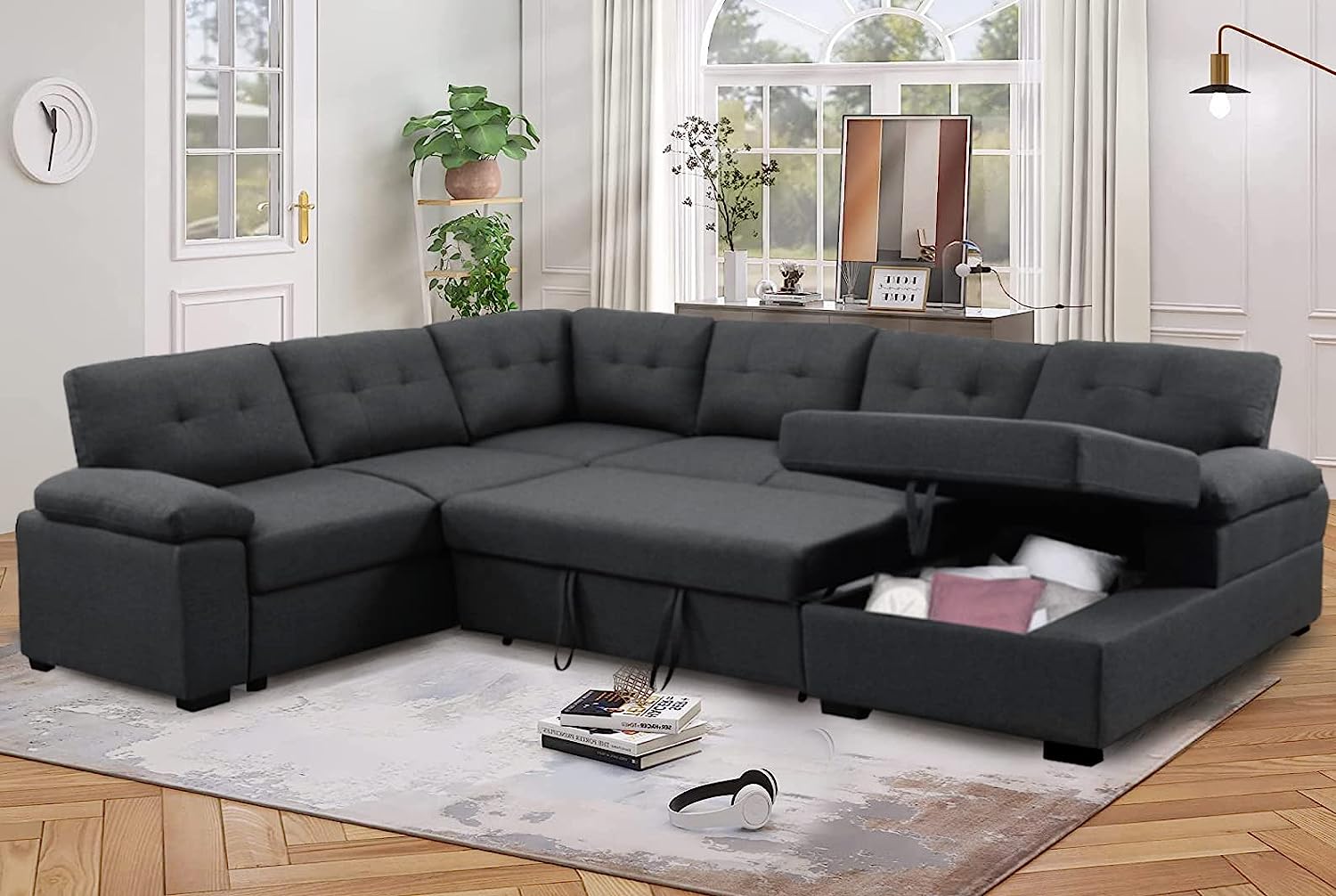
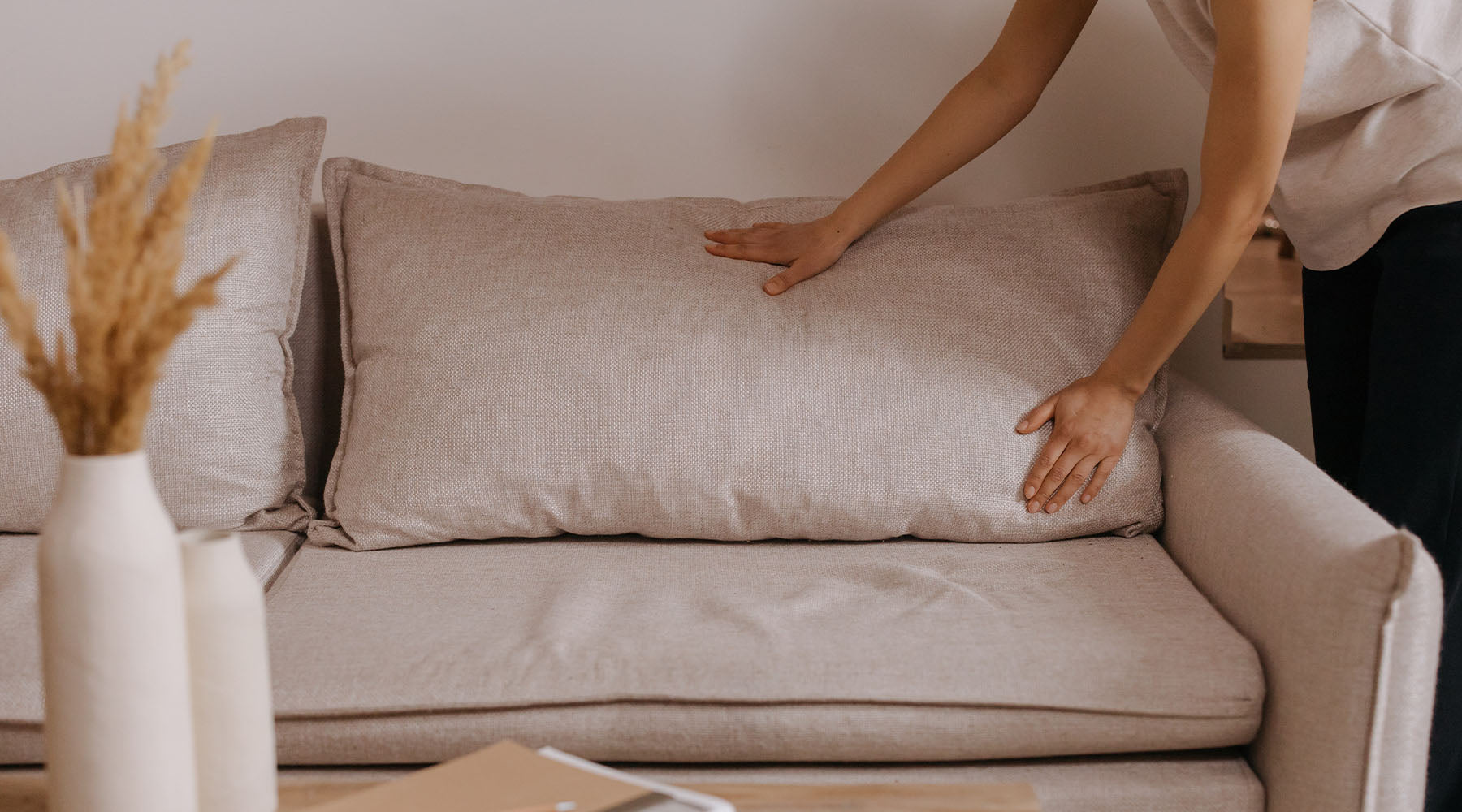



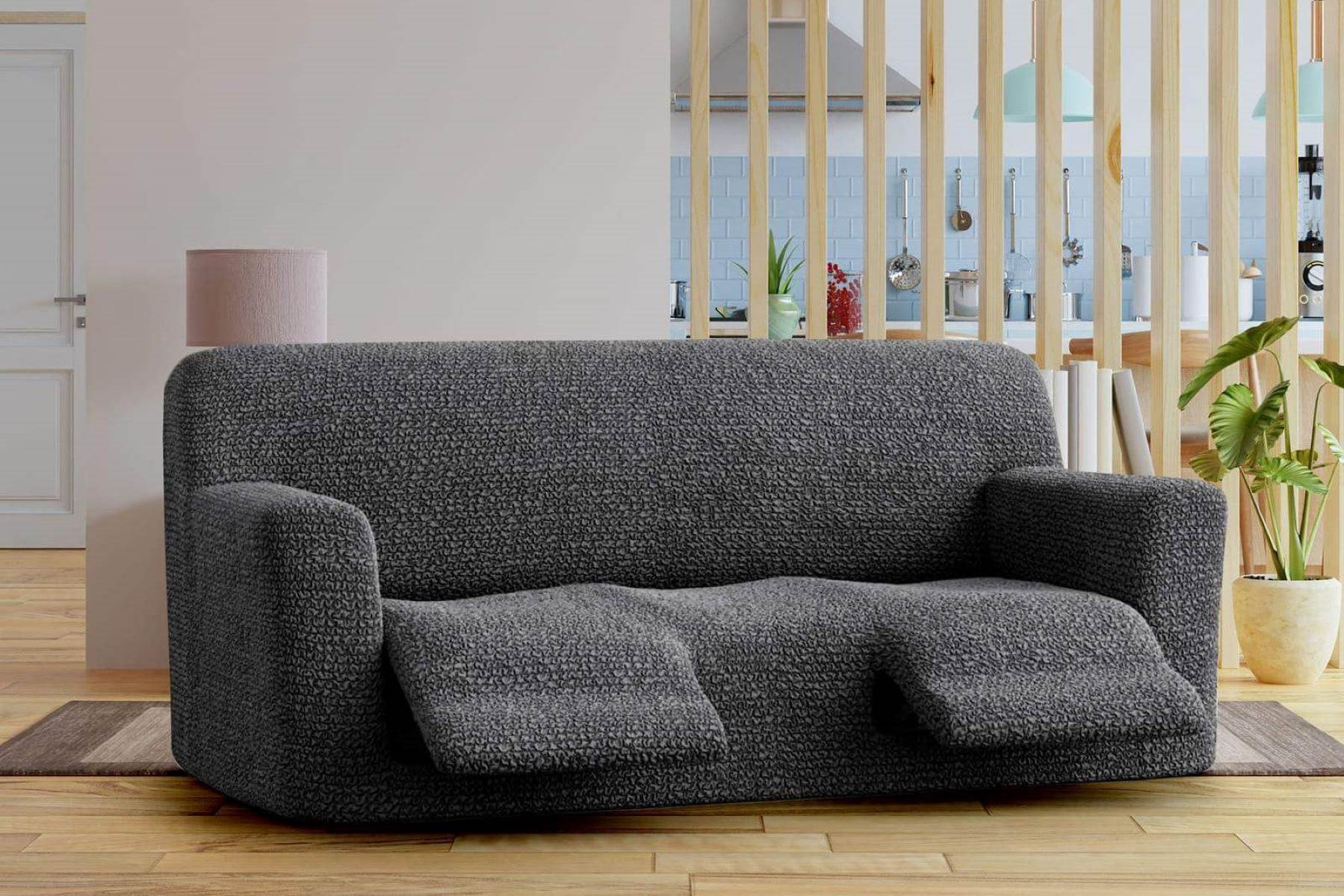
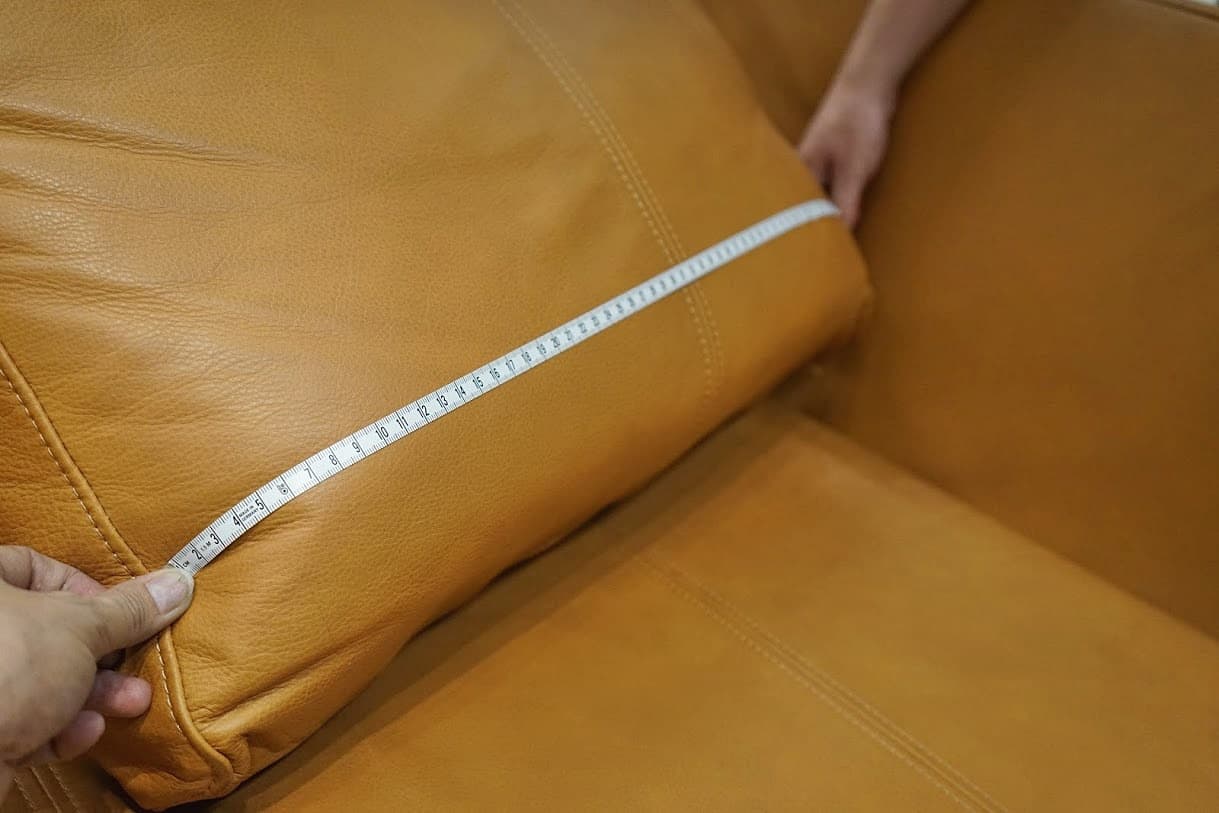
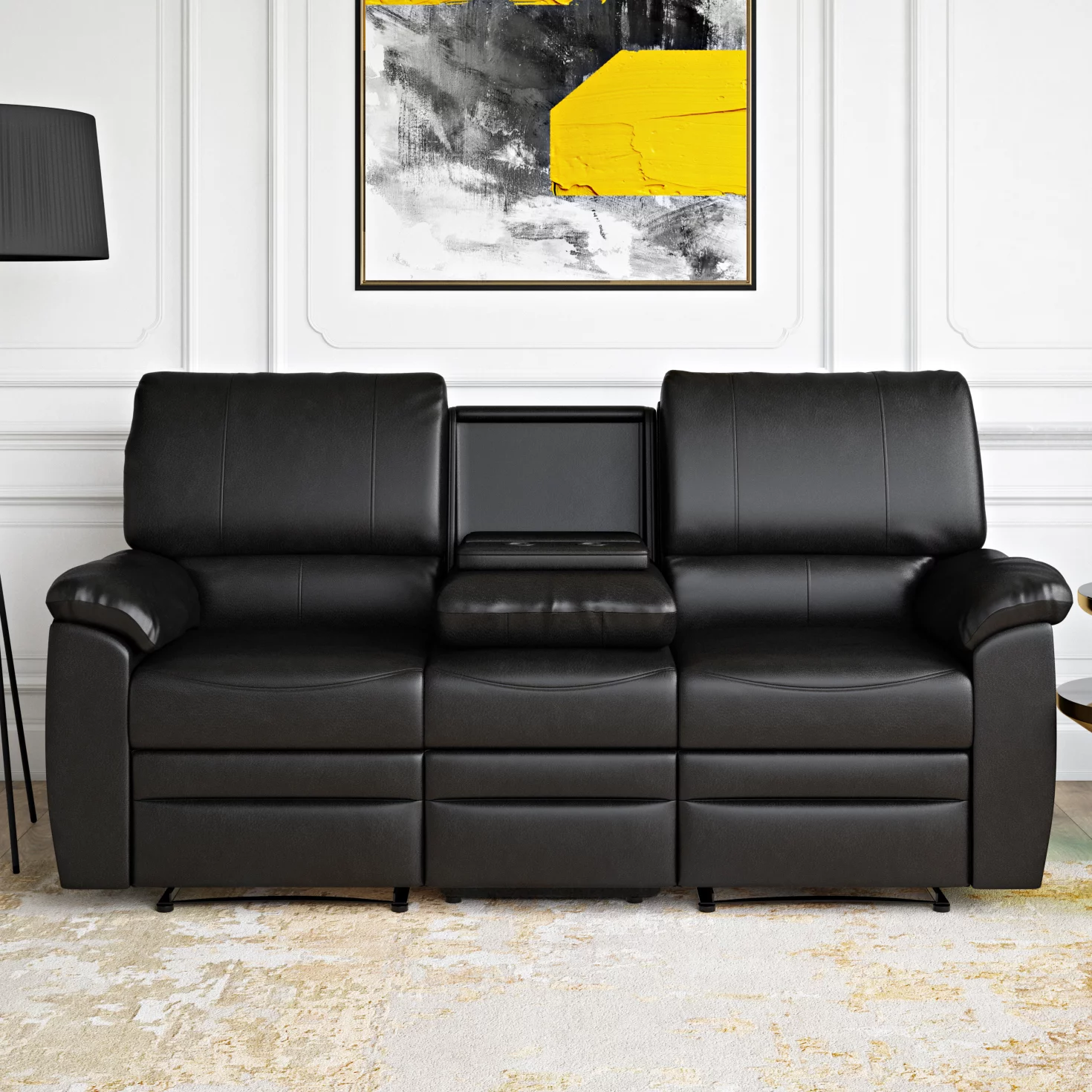
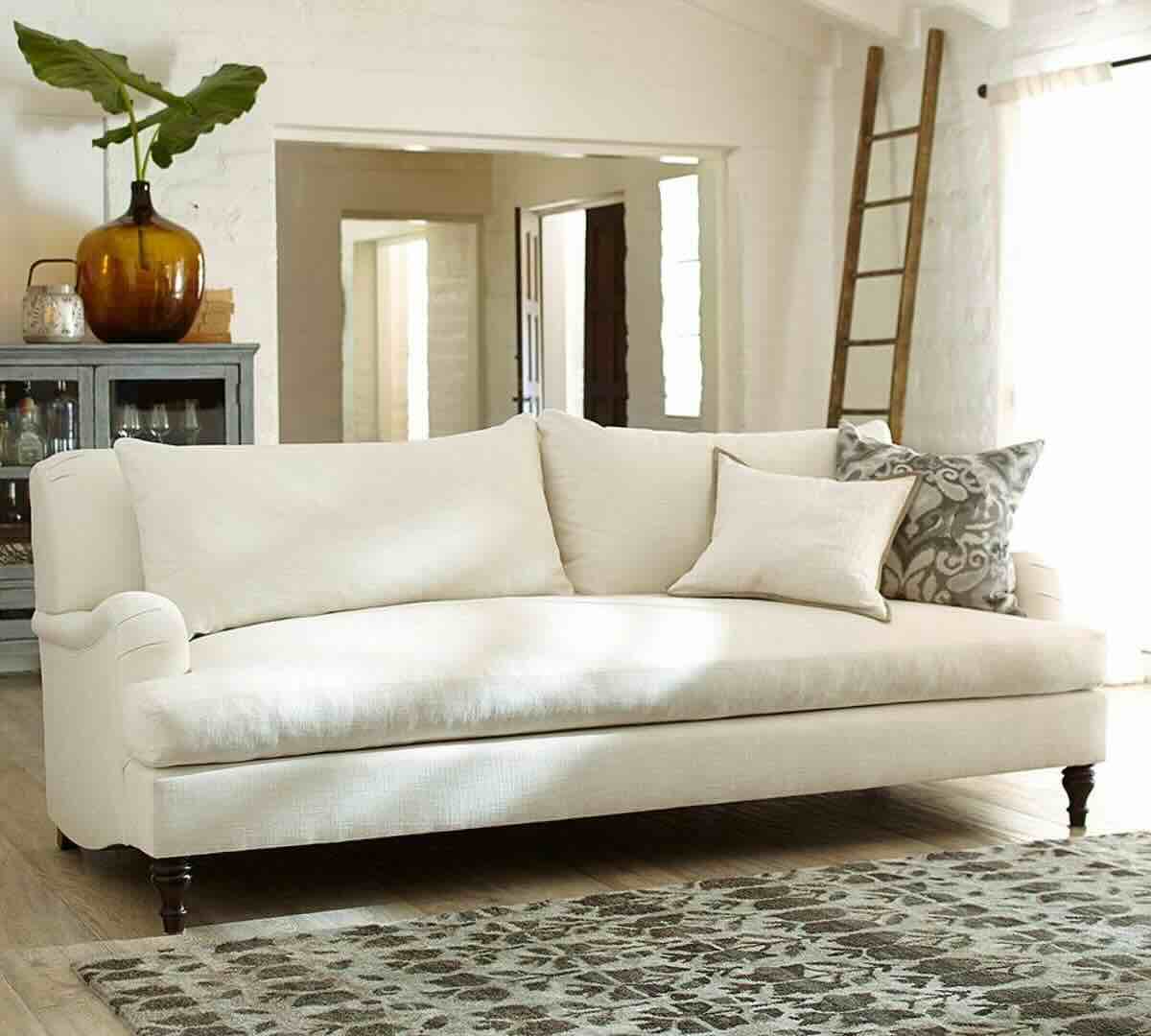
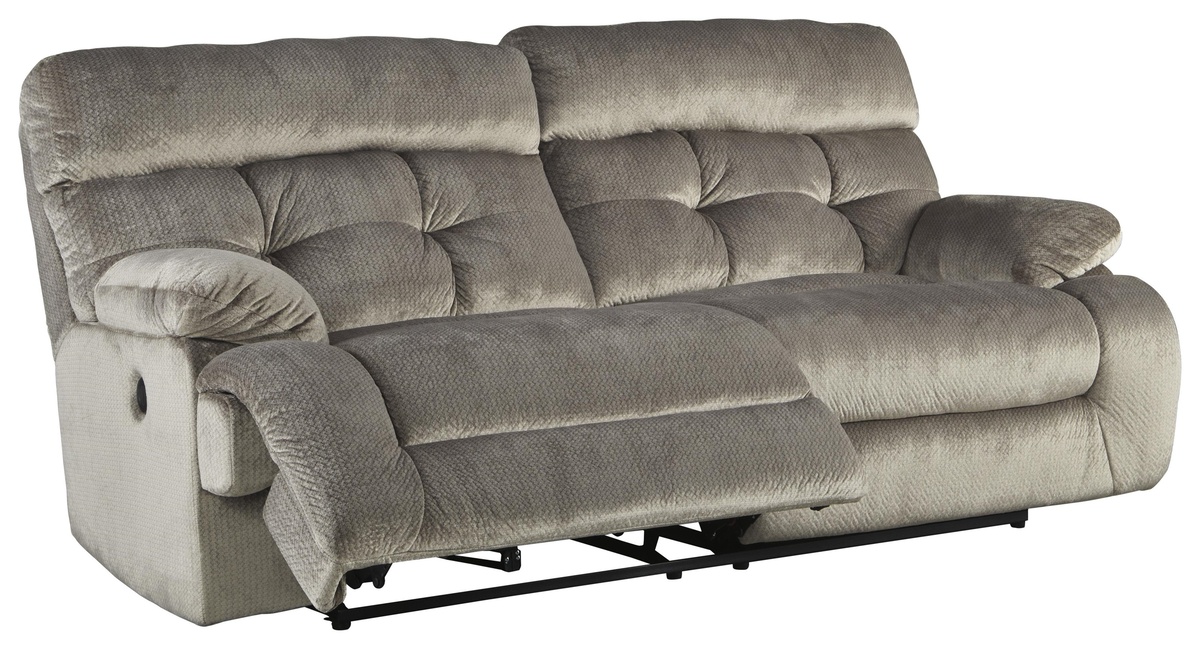


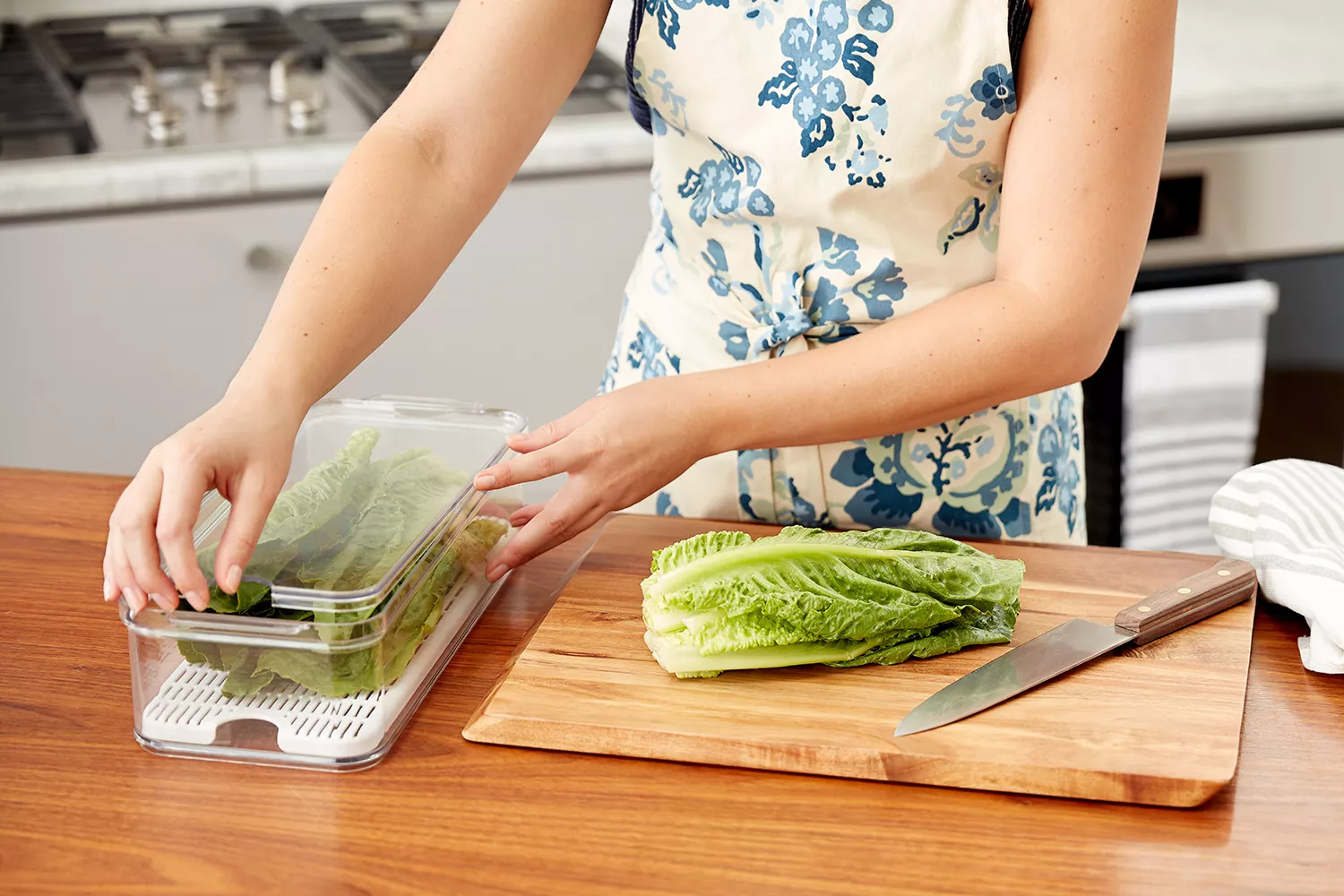

0 thoughts on “How To Store A Couch In A Storage Unit”